Orange Tree Care - Learn How To Grow An Orange Tree
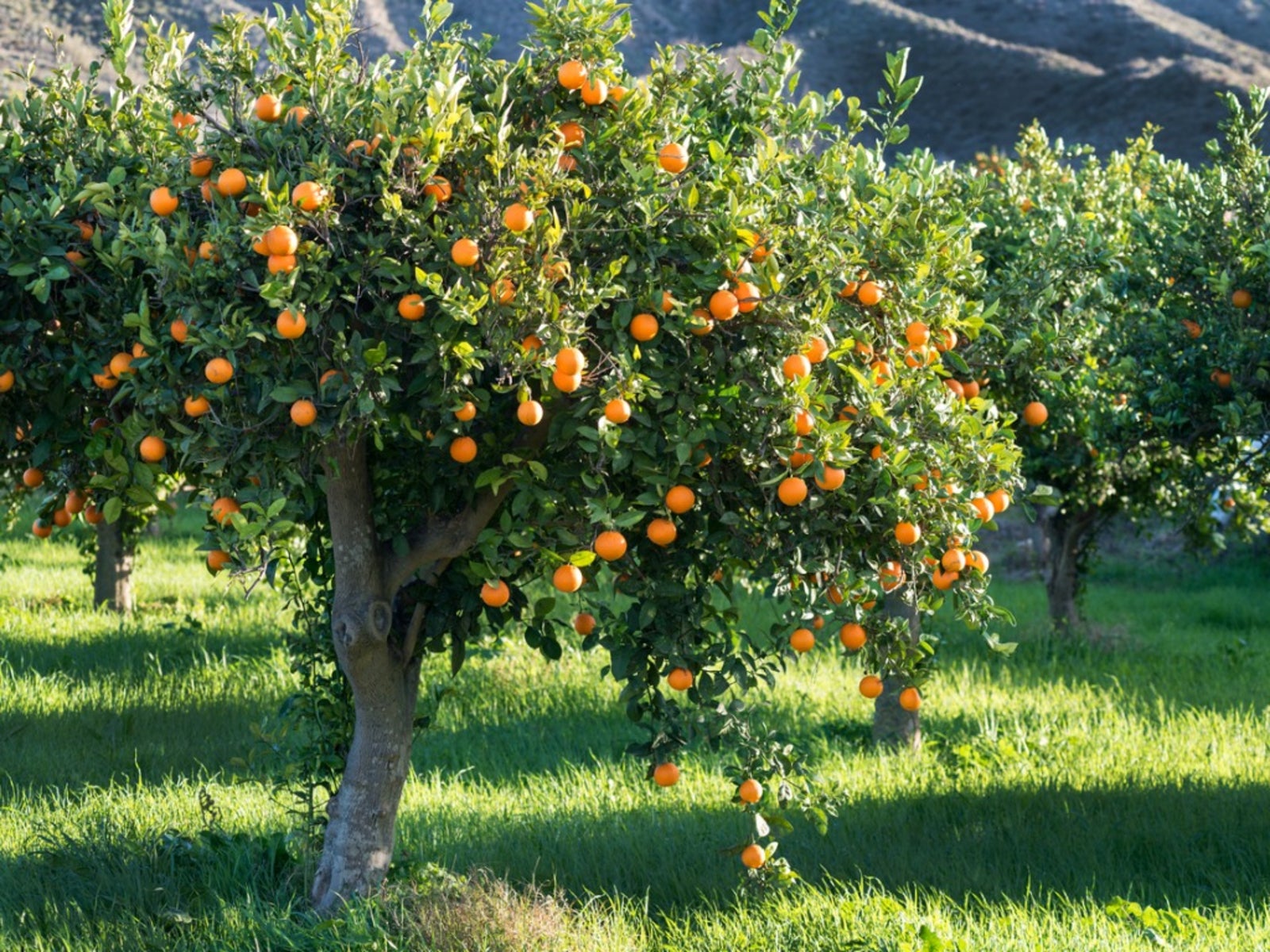

Learning how to grow an orange tree is a worthwhile project for the home gardener, especially when your growing orange trees begin producing fruit. Orange tree care is not complicated. Following a few basic steps when taking care of an orange tree will keep your tree healthy and possibly increase fruit production.
How to Grow an Orange Tree
If you've not planted an orange tree yet, but are thinking of growing one, you may be thinking of starting one from orange tree seeds. Some orange varieties may come true from seeds, but most often commercial growers use trees that are grafted through a process called budding. Seed grown trees often have a short lifespan, as they are susceptible to foot and root rot. If seed grown trees survive, they do not produce fruit until maturity, which can take up to 15 years. Consequently, growing seedlings are best used as the scion of a graft union between them and a rootstock that tolerates adverse growing conditions. Fruit is produced from the scion and develops more quickly on grafted trees than on trees grown from orange tree seeds. In areas where oranges grow, local nurseries may be the best place to purchase a grafted tree.
Taking Care of an Orange Tree
If you are taking care of an orange tree that is already established, you may have questions about three important aspects of orange tree care: fertilizing, watering, and pruning.
- Water- Water needed for growing orange trees varies by climate and yearly rainfall totals, but as a rule of thumb, orange tree care involves regular watering in spring to prevent wilting and withholding of irrigation in fall. When taking care of an orange tree, remember that water lowers the solid content of the fruit. Depth of planting also affects how much water you provide during orange tree care. Growing orange trees usually need between 1 and 1 ½ inches (2.5-4 cm.) of water per week.
- Fertilization- Fertilization of growing orange trees depends on the use of the fruit. Extra nitrogen fertilizer results in more oil in the peel. Potassium fertilizer decreases oil in the peel. For high productivity of edible oranges, 1 to 2 pounds (0.5-1 kg.) of nitrogen should be applied yearly to each tree. Fertilizer should include potassium and phosphorus as well as a range of micro-nutrients. If your older orange tree does not produce fruit in abundance, take a soil test of the area where growing orange trees reside to determine what fertilizer ratio is needed. Additional fertilization is often applied by spraying the leaves of the tree once or twice a year.
- Pruning- Pruning the orange tree for shape is not necessary. However, you should remove any branches that are a foot (31 cm.) or less from the ground. In addition, remove damaged or dying branches once they are noticed.
Gardening tips, videos, info and more delivered right to your inbox!
Sign up for the Gardening Know How newsletter today and receive a free copy of our e-book "How to Grow Delicious Tomatoes".

Becca Badgett was a regular contributor to Gardening Know How for ten years. Co-author of the book How to Grow an EMERGENCY Garden, Becca specializes in succulent and cactus gardening.
-
 4 Superfast Composting Methods: Turn Waste Into Garden Gold In 30 Days Or Less
4 Superfast Composting Methods: Turn Waste Into Garden Gold In 30 Days Or LessTry the fastest composting methods to turbocharge your pile and transform kitchen scraps and garden waste into finished compost in just a few weeks.
By Mary Ellen Ellis
-
 Best Spider Plant Soil – Complete Soil Guide And Expert Tips For Keeping Plants Happy
Best Spider Plant Soil – Complete Soil Guide And Expert Tips For Keeping Plants HappySpider plants are fun and easy plants to grow, but what is the best soil for a spider plant? Selecting the right soil is important so they can thrive.
By Bonnie L. Grant
-
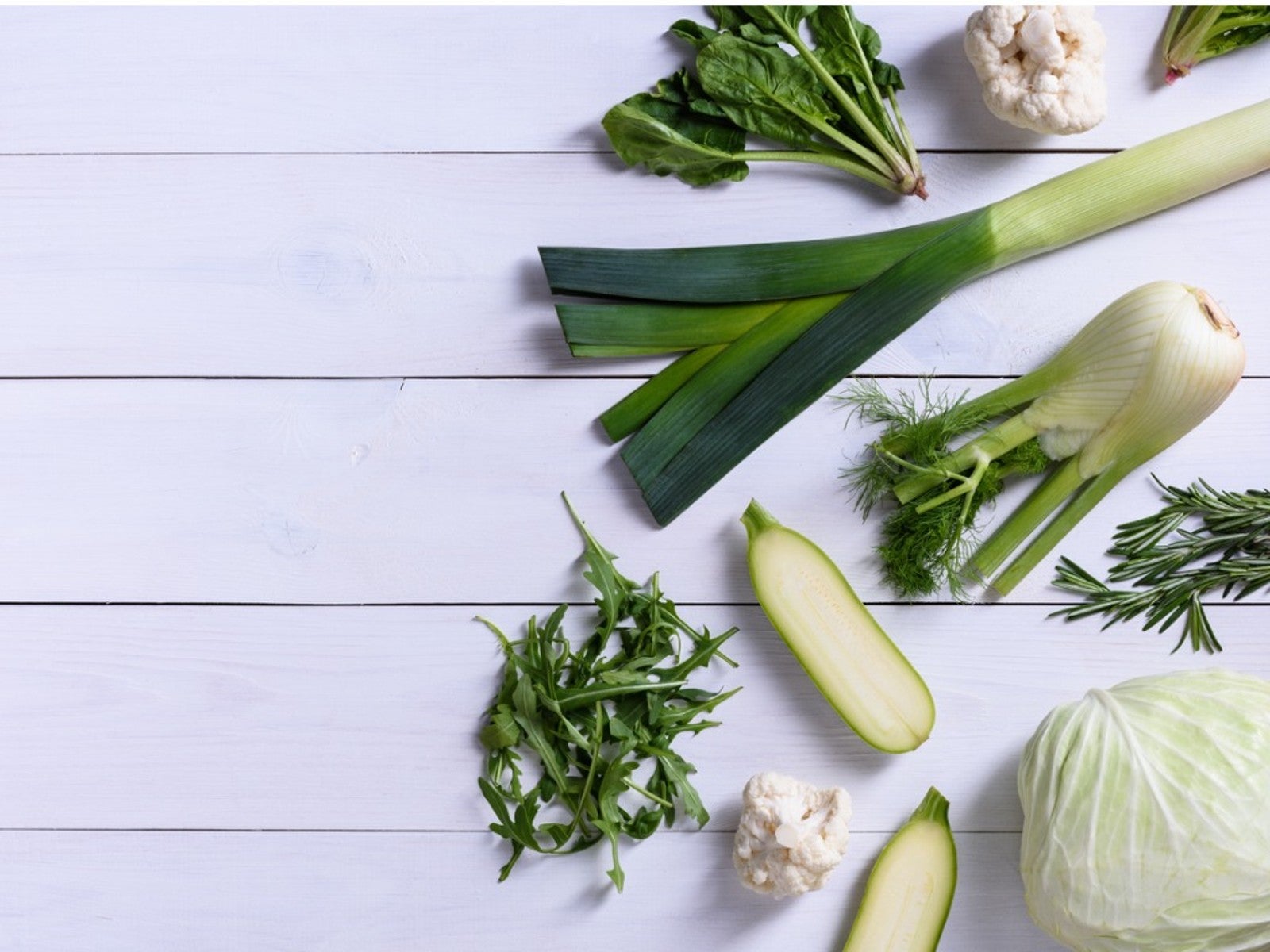 Plants For French Cuisine – Growing French Vegetables In Your Garden
Plants For French Cuisine – Growing French Vegetables In Your GardenA French potager is just a fancy way of saying kitchen garden. Try planting French herbs and vegetables, and in no time you'll be saying bon appétit as you serve your family.
By Bonnie L. Grant
-
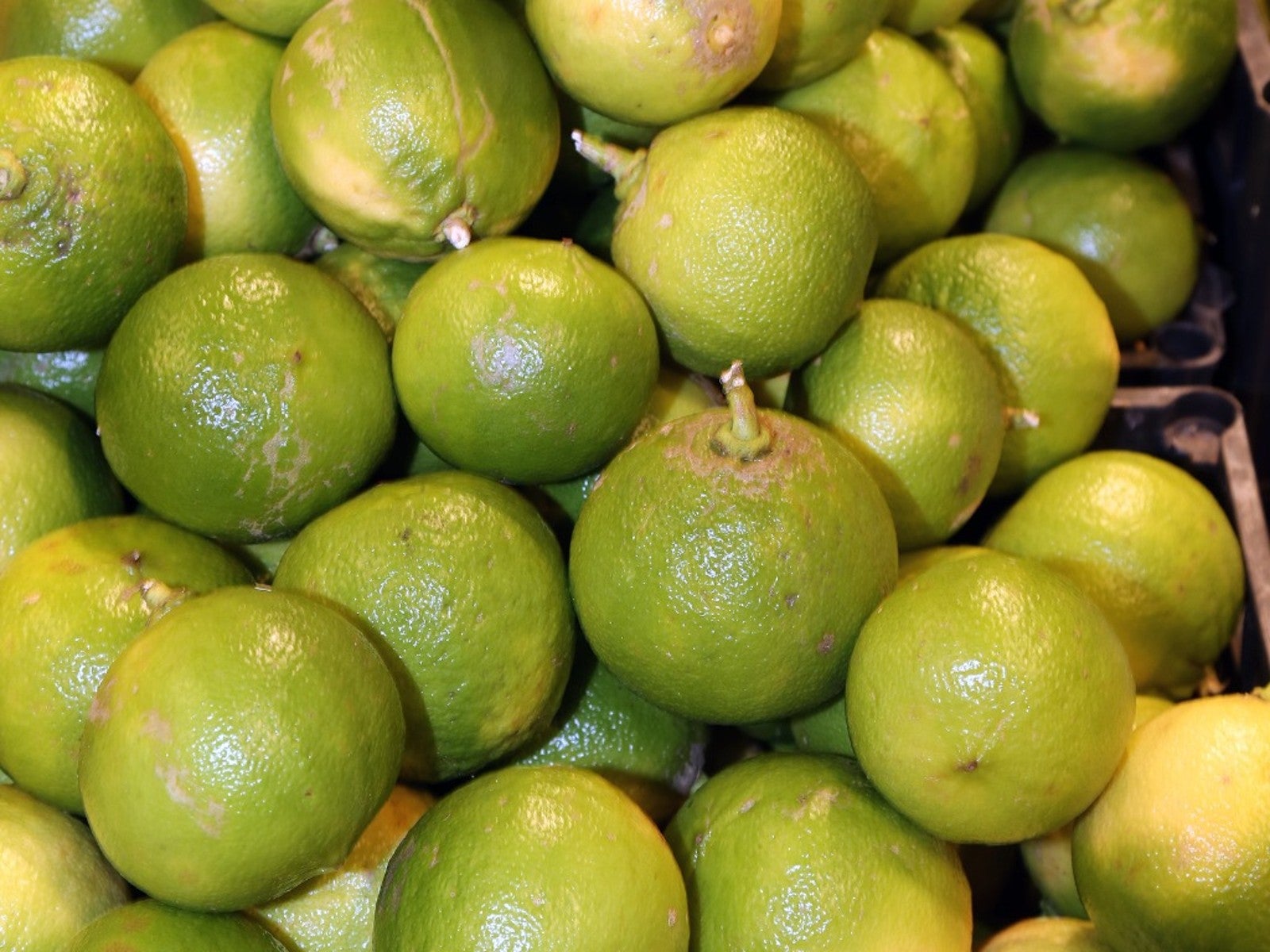 Bergamot Orange Growing Tips – Caring For A Bergamot Orange
Bergamot Orange Growing Tips – Caring For A Bergamot OrangeIf you have ever enjoyed a cup of Earl Grey tea, you know the aroma and flavor of the bergamot orange fruit. Read on for more.
By Mary Ellen Ellis
-
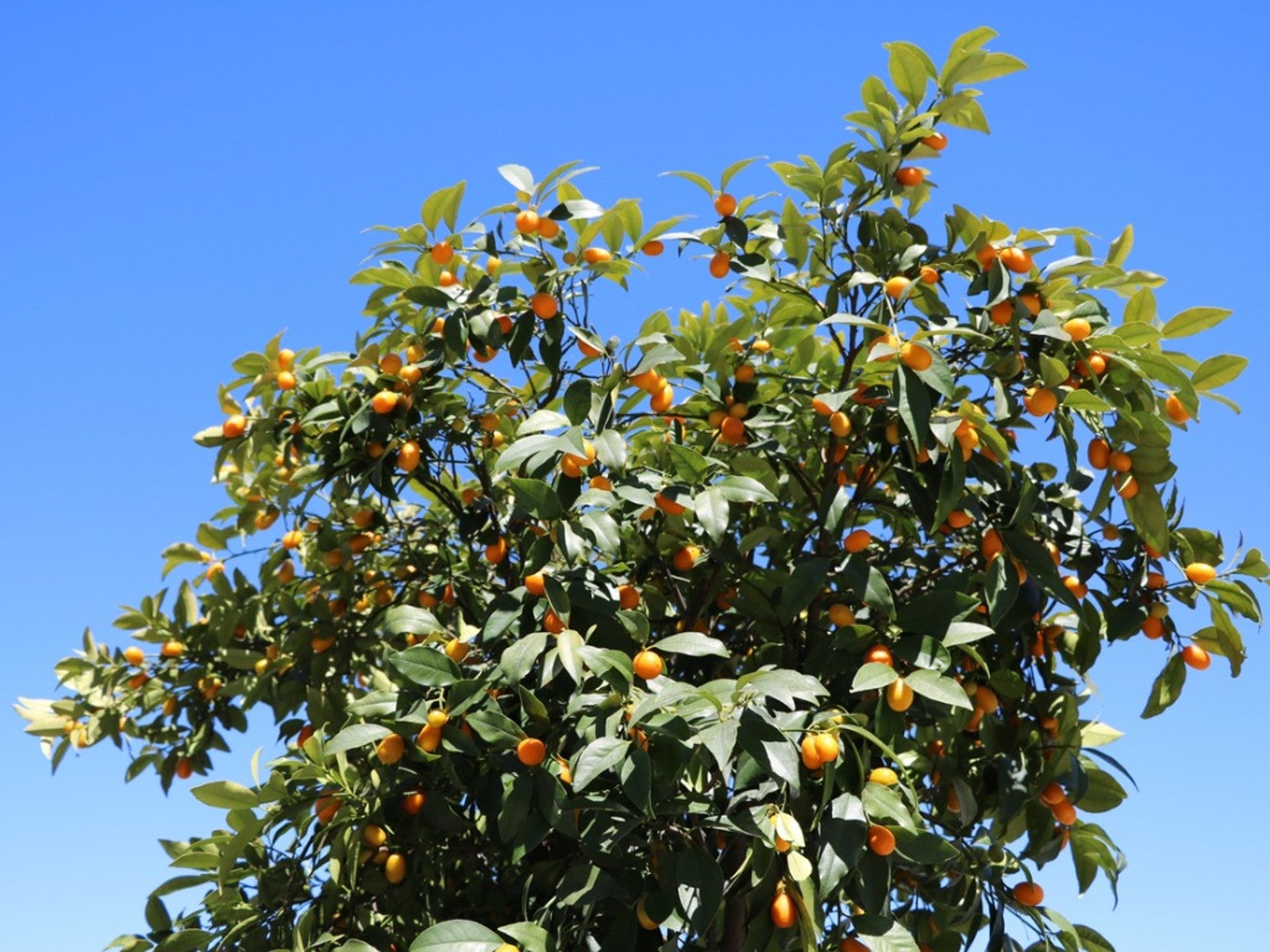 Trovita Dwarf Orange – How To Grow Trovita Orange Trees
Trovita Dwarf Orange – How To Grow Trovita Orange TreesTrovita dwarf orange is an orange tree that can be grown across a wide range of conditions, including indoors. Read on for more.
By Tonya Barnett
-
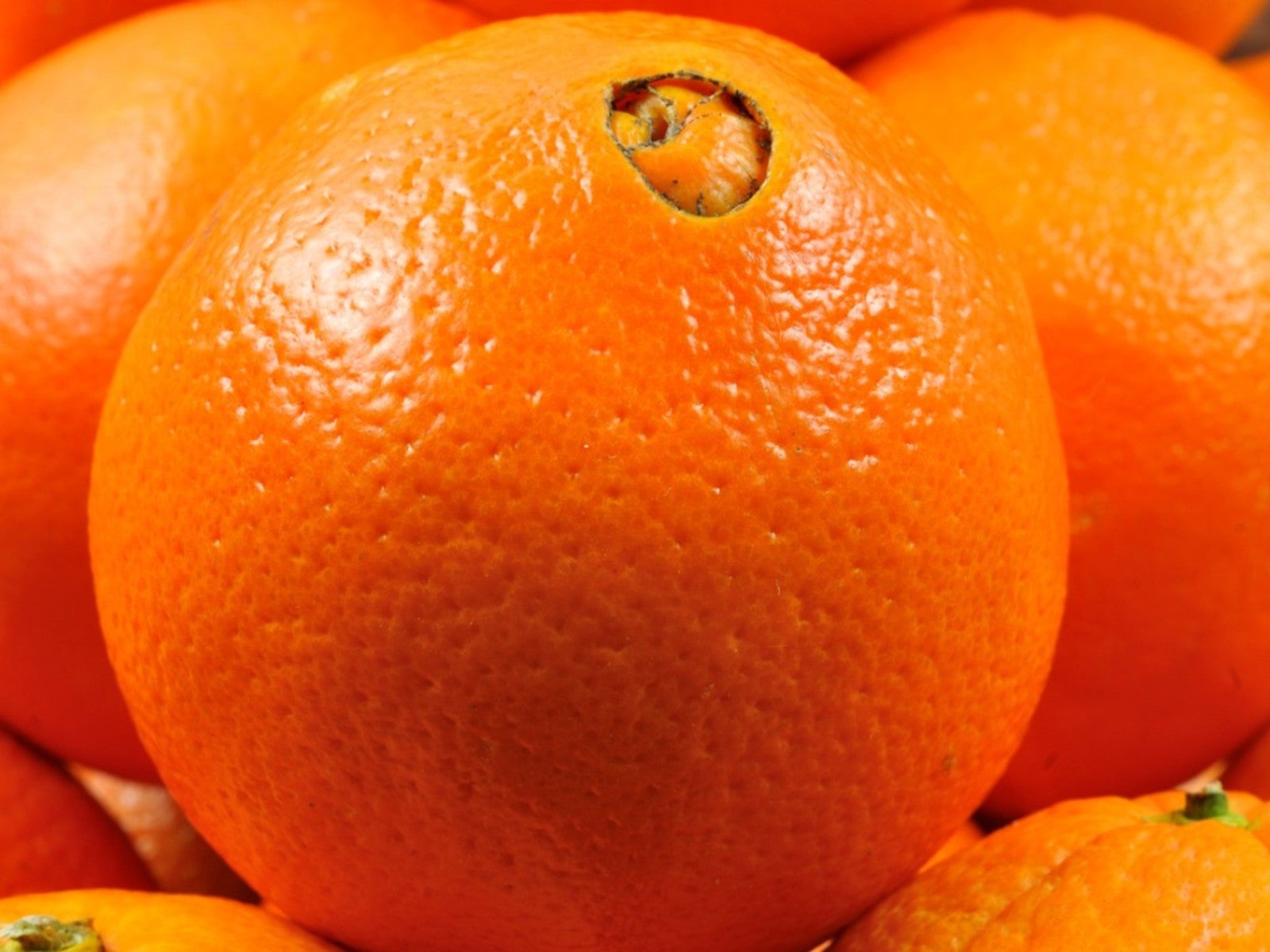 Growing Navel Oranges – Learn About Navel Orange Care
Growing Navel Oranges – Learn About Navel Orange CareSweet, delicious, and easy to peel, navel orange is easy to spot because of the partially formed, belly-button-shaped orange that grows at the bottom end of the fruit.
By Mary H. Dyer
-
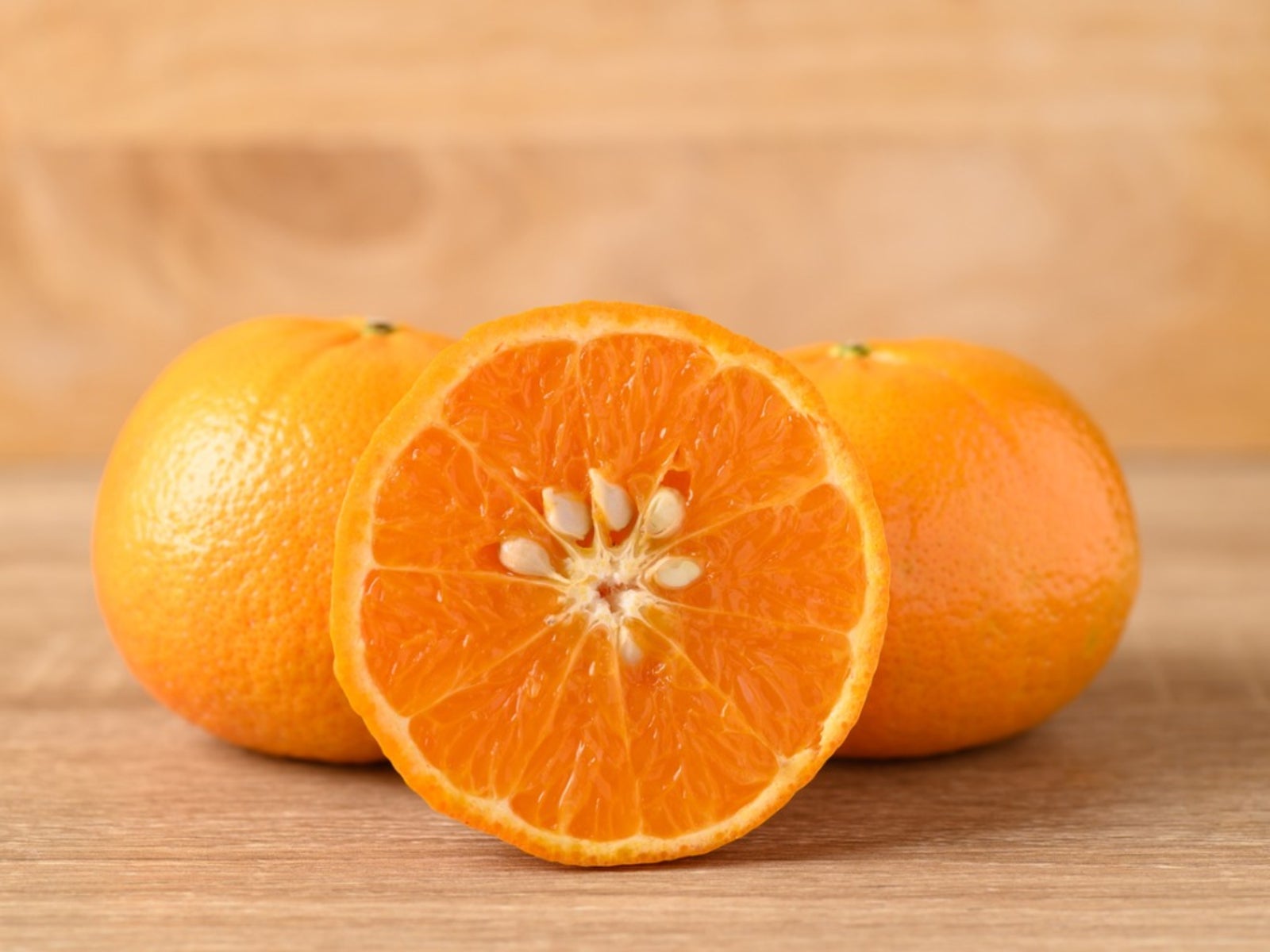 Can You Grow Store Bought Oranges - Planting Grocery Store Orange Seeds
Can You Grow Store Bought Oranges - Planting Grocery Store Orange SeedsAnyone looking for a cool indoor gardening project may want to try growing an orange tree from seeds. Click here to learn how.
By Teo Spengler
-
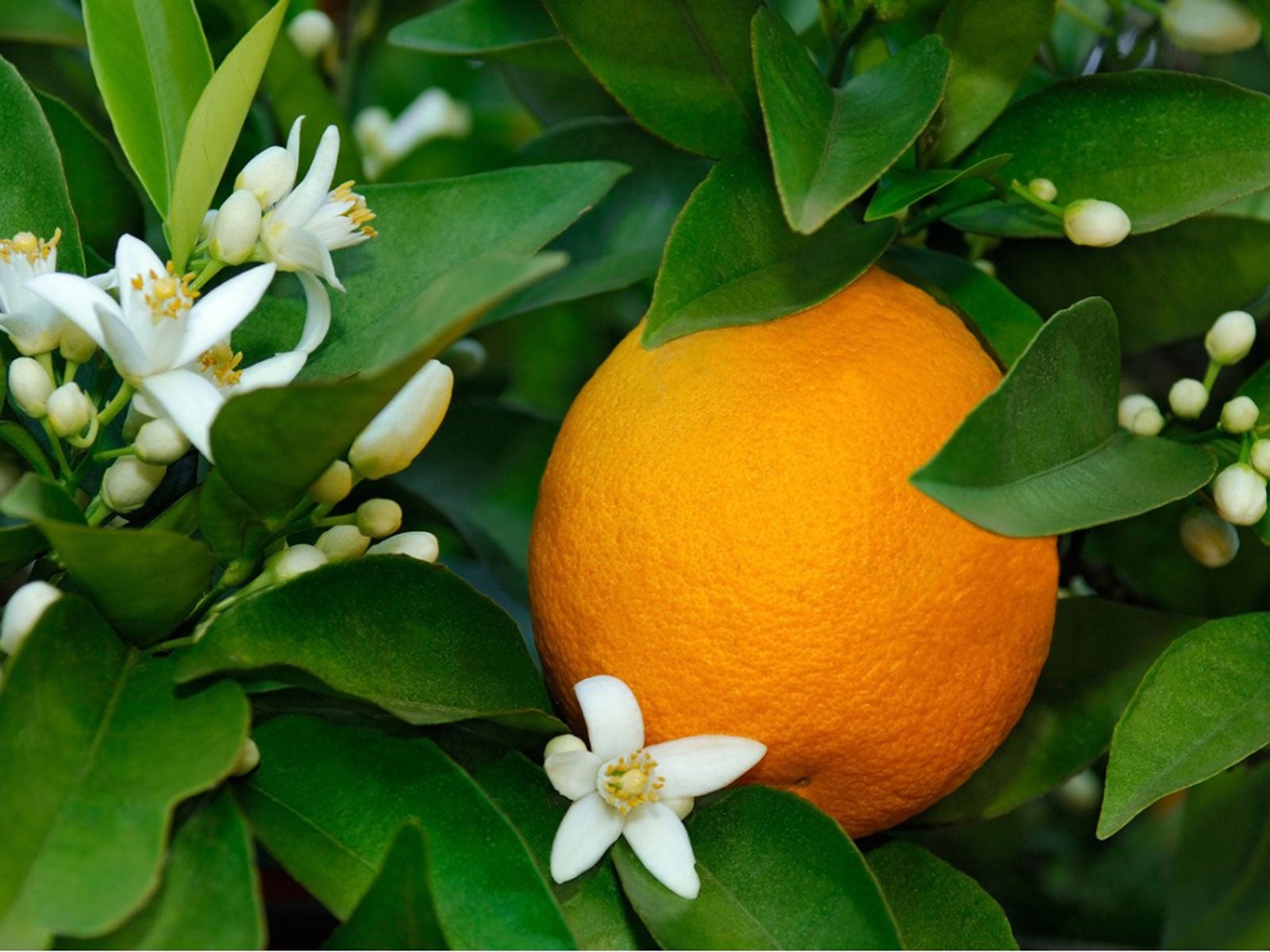 Flowering Orange Harvest: Tree Has Oranges And Flowers At Same Time
Flowering Orange Harvest: Tree Has Oranges And Flowers At Same TimeCan you harvest from a flowering orange tree? Should you allow both waves of fruit crops to come to orange harvest? Find out in this article.
By Teo Spengler
-
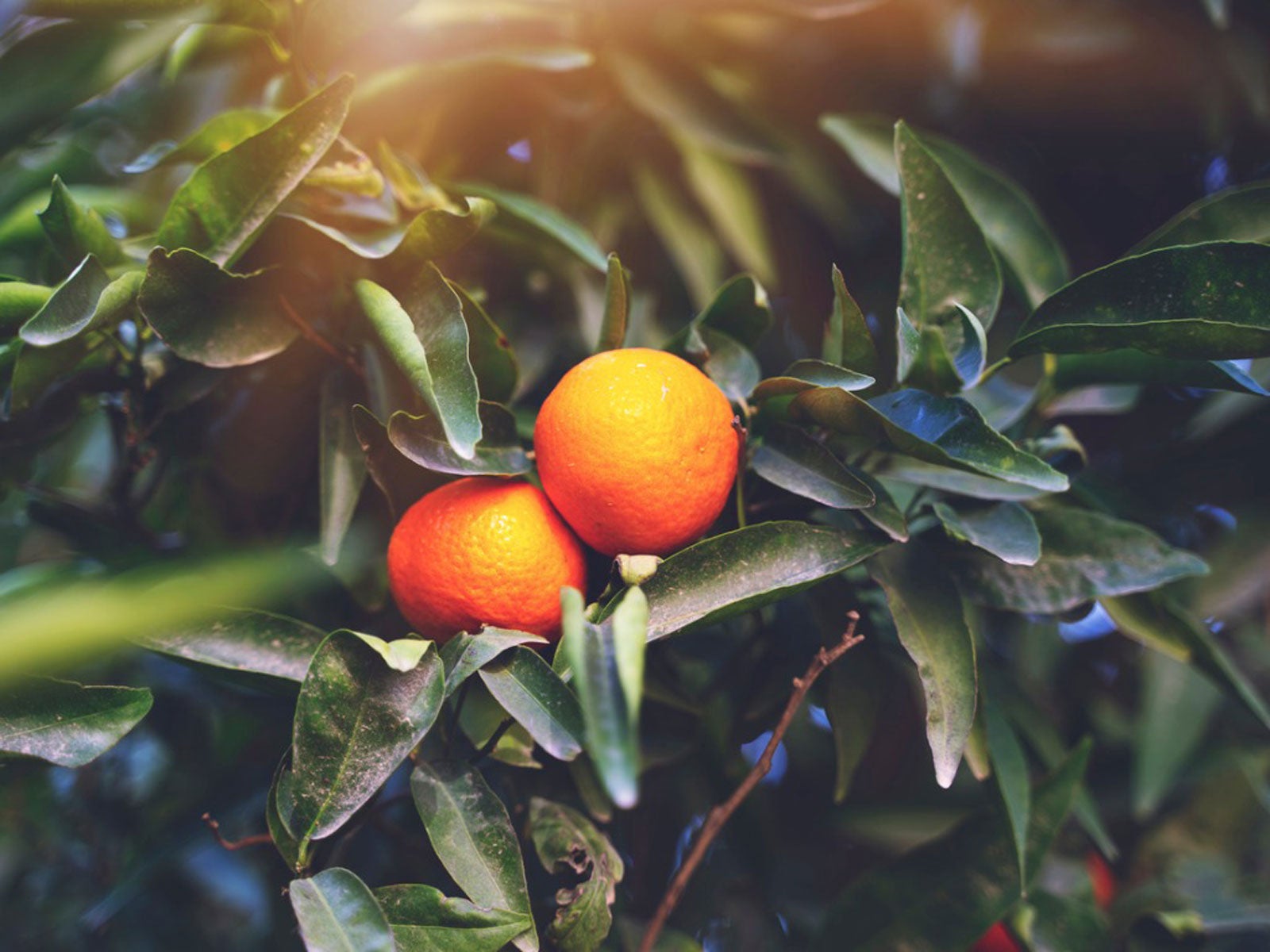 Small Orange Problem – What Causes Small Oranges
Small Orange Problem – What Causes Small OrangesThere are a variety of potential causes for small fruit on orange trees. Click here for an overview of causes of trees with small orange problems.
By Teo Spengler
-
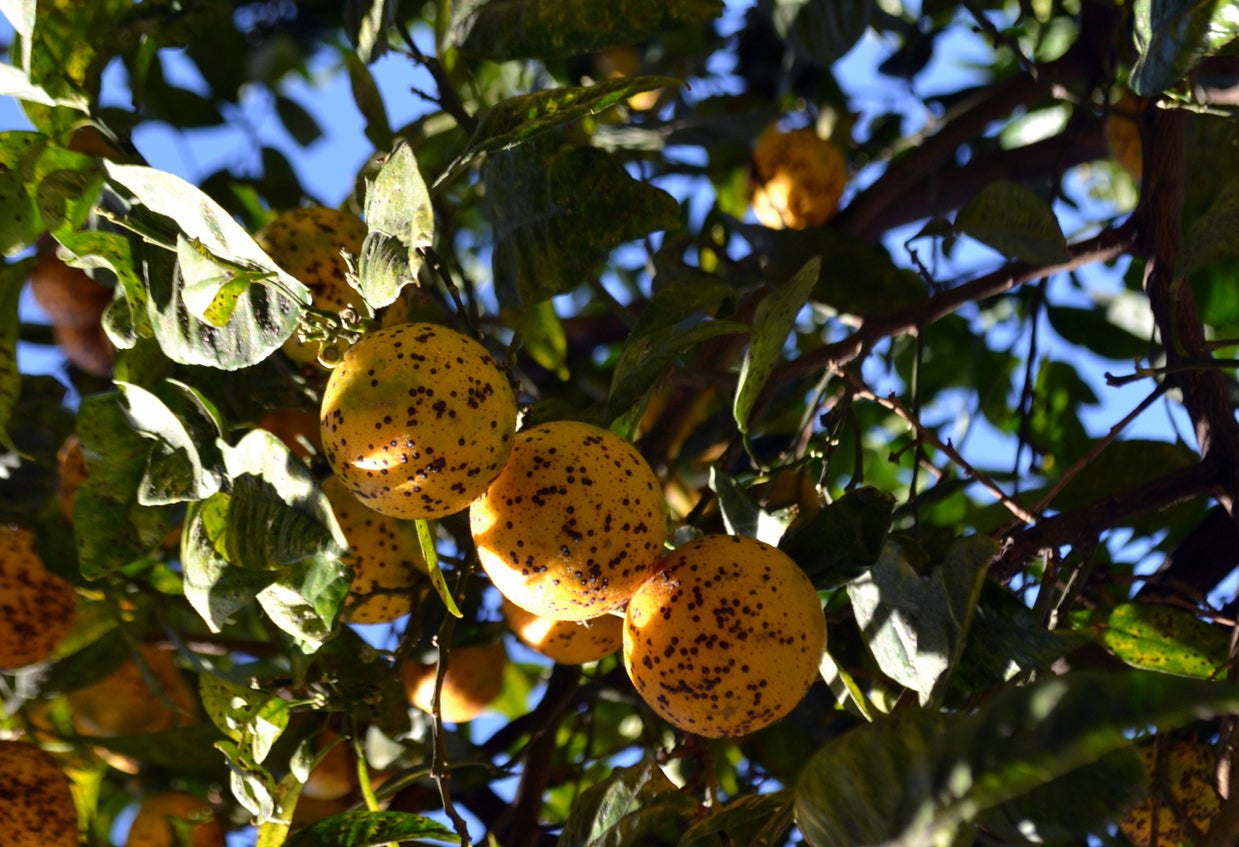 Diseases In Orange Trees: How To Treat A Diseased Orange Tree
Diseases In Orange Trees: How To Treat A Diseased Orange TreeGrowing oranges and other citrus can be a fun hobby for the home gardener, but it can also become derailed by disease. Know some of the main orange disease symptoms so you can catch and manage problems early and still get a great harvest of fruit. This article will help.
By Mary Ellen Ellis